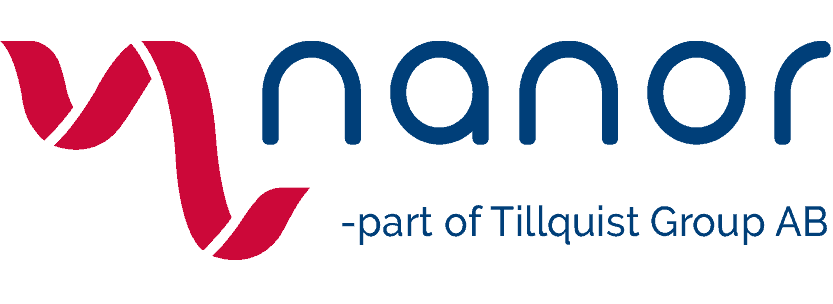When to chose soft or hard PZT?
- Soft piezo ceramic materials can be polarized fairly easily even at relatively low field strengths. The advantages of soft PZT materials are their large piezoelectric charge coefficient, moderate permittivities and high coupling factors. Important fields of application for soft piezo ceramics are: Actuators for micropositioning and nanopositioning, sensors, such as conventional vibration detectors, ultrasonic transmitters and receivers, e.g., for flow or level measurement, object identification or monitoring, as well as for electro-acoustic applications as sound transducers and microphones, and also as sound pickups on musical instruments.
- Hard PZT materials can be subjected to high electrical and mechanical stresses. Their properties hardly change under these conditions. The advantages of these materials are their moderate permittivity, large piezoelectric coupling factors, high mechanical qualities, and very good stability under high mechanical loads and operating field strengths. Especially high-power acoustic applications benefit from the properties of hard piezo materials. Examples of their fields of application include ultrasonic cleaning (typically in the kHz frequency range), the machining of materials (ultrasonic welding, bonding, drilling, etc.), ultrasonic processors (e.g., to disperse liquid media), the medical sector (ultrasonic tartar removal, surgical instruments, etc.) and sonar technology.

Piezo Cermaics Material Properties Classification
When to chose soft or hard PZT?2020-04-272020-12-08https://www.nanor.pl/wp-content/uploads/sites/2/2022/10/logo_nanor_tillquist_banner.pngNanor Polandhttps://www.nanor.pl/wp-content/uploads/sites/2/2022/10/logo_nanor_tillquist_banner.png200px200px


